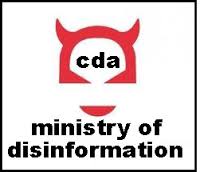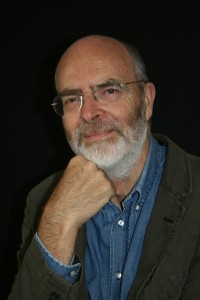 Detecting disinformation, without radar
Detecting disinformation, without radar
By Gregory Sinaisky [Pseudonym]
Asia Times, 3 April 2003
How to tell genuine reporting from an article manufactured to produce the desired propaganda effect? The war in Iraq provides us plenty of interesting samples for a study of disinformation techniques.
Take the article “Basra Shiites Stage Revolt, Attack Government Troops”, published on March 26 in The Wall Street Journal Europe. Using its example, we will try to arm readers with basic principles of disinformation analysis that hopefully will allow them in the future to detect deception.
The title of the article sounds quite definitive. The article starts, however, with the mush less certain “Military officials said the Shiite population of Basra … appeared to be rising”. “Military officials” and “appeared to be” should immediately raise a red flag for a reader, especially given a mismatch with such a definitive title. Why “officials”? Were they speaking in a chorus? Or was each one providing a complementary piece of information? A genuine report certainly would tell us this and also name the officials or at least say why they cannot be identified.
Why “appears to be”? There are always specific reasons why something “appears to be”. For example, information about the uprising may be uncertain because it was supplied by an Iraqi defector who was not considered trustworthy and has not been confirmed from other sources. Again, every professional reporter understands that his job is to provide such details and it is exactly such details that make his reporting valuable, interesting, and memorable. If such all-important details are missing, this is a sure sign to suspect intentional disinformation.





